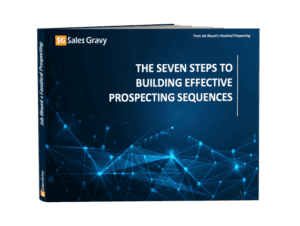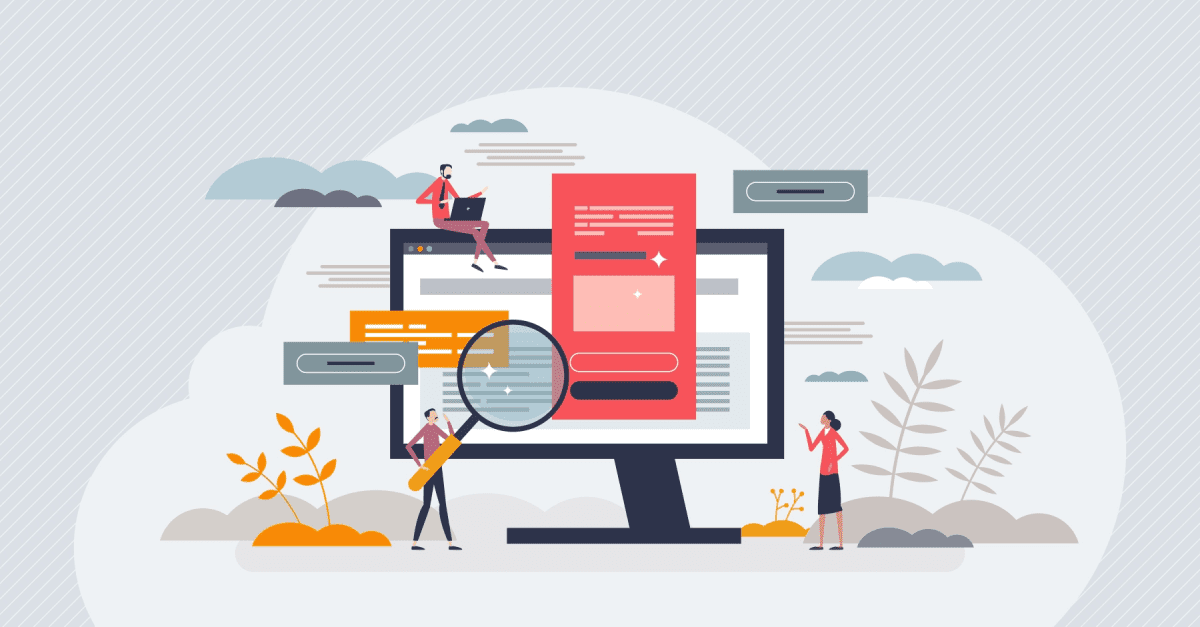
Increase Your Sales With Actionable Emails
Written By: Kendra Lee
Long Emails Are Bad Emails
These 5 tips will make your emails more actionable and more likely to receive a response so that you can streamline your sales process and close more deals.
Why Long Emails Suck
They take too long to read and typically include action items I just don’t have time for. No doubt you’ve experienced it, too. Your customers are no different and it’s impacting your ability to close sales.
Sure, you carefully word your email, expanding your questions to avoid being misunderstood or outlining a great recommendation. You format it with underlining and bolding to call attention to critical details. You use bullets to make it simple to read. You’re friendly throughout, sometimes even using a pretty color instead of boring black or blue.
And What Happened?
No response. Neither your prospects nor your customers appreciate the effort you put into that perfectly crafted 434-word email.
You thought your detailed sentences would streamline your sales prospecting sequences, simplifying your prospect’s effort. You tried to help your client avoid another meeting by sending your list of questions through email instead.
But it didn’t work. You received no response because it was too time-consuming and difficult to do.
Consider Who You’re Emailing
If you’re selling to small and midsize companies, the decision-maker you’re working with is frequently the owner or a top executive with multiple responsibilities across the company.
Several company presidents I work with sell, install, manage technical consultants, and plan the direction of the company all in a normal day’s work.
If you’re selling to enterprises, your key contact is most likely a manager with too many assignments on his plate, acquired as the company downsized, as well as multiple vendor contacts. They’re all very busy people wearing too many hats.
An Email Is An Interruption
Recognize that email is an interruption that they typically haven’t allotted time to manage into their day like they would a scheduled meeting. You can’t expect to get all the answers you would during a meeting, in the course of one email.
If you have a lot of information to share or gather, consider a different approach than email. It may be more effective to convey a project update in a project status report and ask just two questions in the email.
Or, to present a recommendation in a proposal document and tell your contact in the email that you’ve included a great idea in the third paragraph on page one.
Start A Conversation
Limit how much you ask or share. Keep your emails brief so they’re a quick read and simple to respond to. Keep in mind that email can be a conversation. It’s okay to ask for clarification or ask the next question. 434 words, no matter how well organized, are still a lot to read, absorb and reply to. If possible, try to stay under 175 words.
Write Your Emails to Look Fast
The faster it looks to handle, the better your chance of getting a quick response. Vary your paragraph lengths. Avoid long paragraphs. Use bulleted lists, limiting the number of items to five or less. Keep your signature short. Long signatures give the appearance of long emails.
Make It Easy to Reply
Ask only two or three questions at once. Questions become action items when sent via email. Your objective is to reduce the number of to-dos you place on your contact to speed their ability to reply. If you have ten questions, consider scheduling a meeting.
Make your emails easy to respond to and you’ll discover that both customers and prospects you’re working with will respond more promptly and keep your sales process moving forward.

Download our FREE guide, Seven Steps to Building Effective Prospecting Sequences, for techniques that will help take your prospecting campaigns to the next level, get you into more doors, build deeper relationships, and close more deals.
About the author
Get FREE Sales Training Delivered to Your Inbox
Join more than 360,000 professionals who get our weekly newsletter.
Related Articles

Learn Online
Self-paced courses from the
world's top sales experts

Virtual Training
Live, interactive instruction in small
groups with master trainers

Coaching
One-to-one personalized coaching
focused on your unique situation






